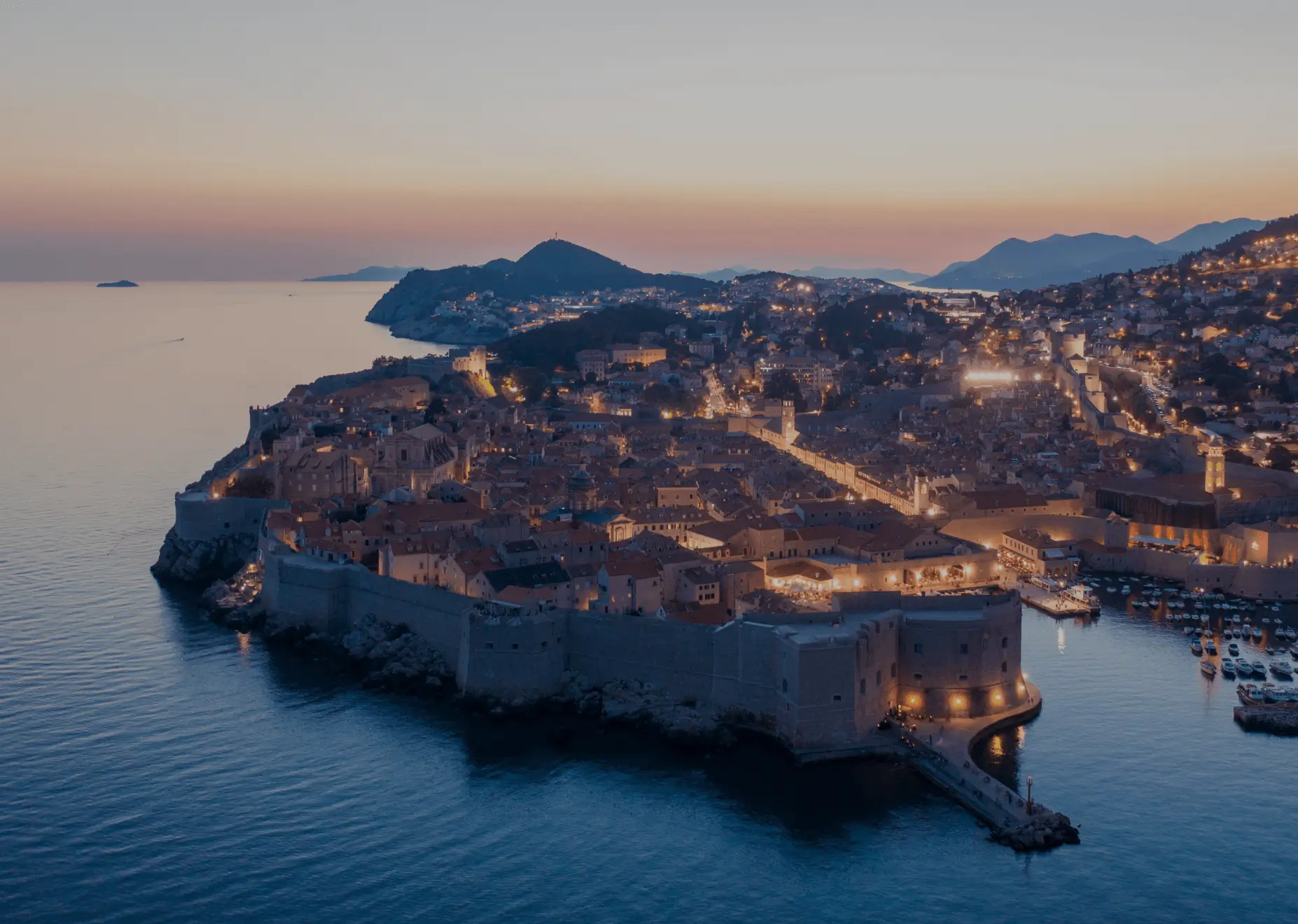


While it appears on every “thing to do in Croatia” list, visiting the Old Town of Dubrovnik is one of the top Croatia activities, and for good reason. The city of Dubrovnik is simply stunning – there are so many museums, alleyways, and restaurants to check out, and there is so much history here to uncover. The buildings in the old city are made of white limestone that shines bright against the terracotta roofs of the Old Town and The breathtaking city of Dubrovnik is located deep in the south of Croatia’s Adriatic coast . Relatively small but packed with enthralling sights, the walled town of Dubrovnik is one of the most visually breathtaking destinations in the Mediterranean. Steeped in history, the city’s rich past is not just preserved in its architecture but also felt in its enduring traditions.
Dubrovnik flourished as an independent republic for centuries, having gained independence from Venice in 1358. It thrived as a regional trading power, maintaining skilful diplomacy with both the Ottoman Empire and the Christian states of southern Europe.

Such experience give to every FP cat , specially to Alegria 67 as one of their most prestigious projects special DNK touch to sail plan , hull designs and hull structures by which Alegria 67 is capable to deliver performances and even more stability and confidence on her , very necessary for her world passages in dealivery voyages and afterwards .

Komiža on western part of Vis island has long fishing tradition which is reflected in the appearance of this small town and in the warmth of the local people. It is situated at the foot of the hill Hum (587 m) and oriented in West-Southwest direction. It is, therefore, protected from all the northerly winds and is subsequently the warmest place in Croatia in winter.
The archipelago of Komiža encompasses even the farthest Adriatic islands, rich with fish – Biševo, Palagruža, St. Andrija as well as Jabuka and Brusnik – islands of volcanic origin.
Biševo island although just a blink away from the fisherman village of Komiža, the tiny island of Biševo has so much to offer it really should be considered the most interesting destination of that corner of the Adriatic.
Find out more about Blue Cave, Medvidina Cave, Porat bay and sandy beaches on this Croatian gem
The Palagruža Archipelago is not only the most remote group of islands in Croatia but also the southernmost. This true Adriatic gem is located nearly 26 nautical miles from the nearest island of Sušac and offers unparalleled beauty and solitude.
Sailing to Palagruža can be challenging due to the open sea. However, with favorable winds, the journey can become a pleasant and unforgettable adventure.
